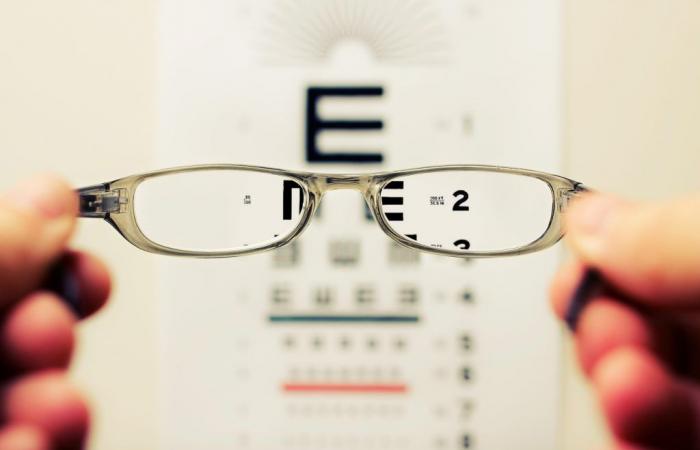Myopia and presbyopia are vision disorders that affect millions of people around the world. Fortunately, refractive surgery now offers effective solutions to correct these visual defects. Guest of It is going much better, Ophthalmologist Damien Gatinel takes stock of the most common operating techniques and their results.
Laser is one of the most widely used methods to correct myopia and presbyopia.LASIK and PKR are two laser surgery techniques that reshape the cornea to improve vision.. “The latest generation lasers are extremely precise and make it possible to treat cases of myopia and presbyopia with great safety. Patients can expect rapid recovery and long-lasting results,” emphasizes Dr. Gatinel.
What to think about intraocular implants? For more complex cases or when laser is not recommended, intraocular implants represent an interesting alternative. “These artificial lenses are inserted into the eye to permanently correct vision,” adds Dr. Jimmy Mohamed. This technique is particularly useful for people with advanced presbyopia or severe myopia.
Safe surgery for a healthy person
Refractive surgery procedures are generally quick and painless. Most surgeries are performed on an outpatient basis and last less than 30 minutes. The results are often spectacular, with significant improvement in vision within the first few days after surgery. The ophthalmologist also points out that there may be “an adjustment period during which vision fluctuates slightly. Good communication with the surgeon is therefore essential to manage expectations.”
Like any surgical procedure, refractive surgery involves risks and contraindications. Thus, People with certain eye diseases, such as glaucoma or cataracts, are not good candidates for these operations. “A rigorous preoperative assessment is crucial to identify contraindications and choose the most appropriate technique. Patient safety must always be the priority,” concludes Dr. Gatinel.
Read more






